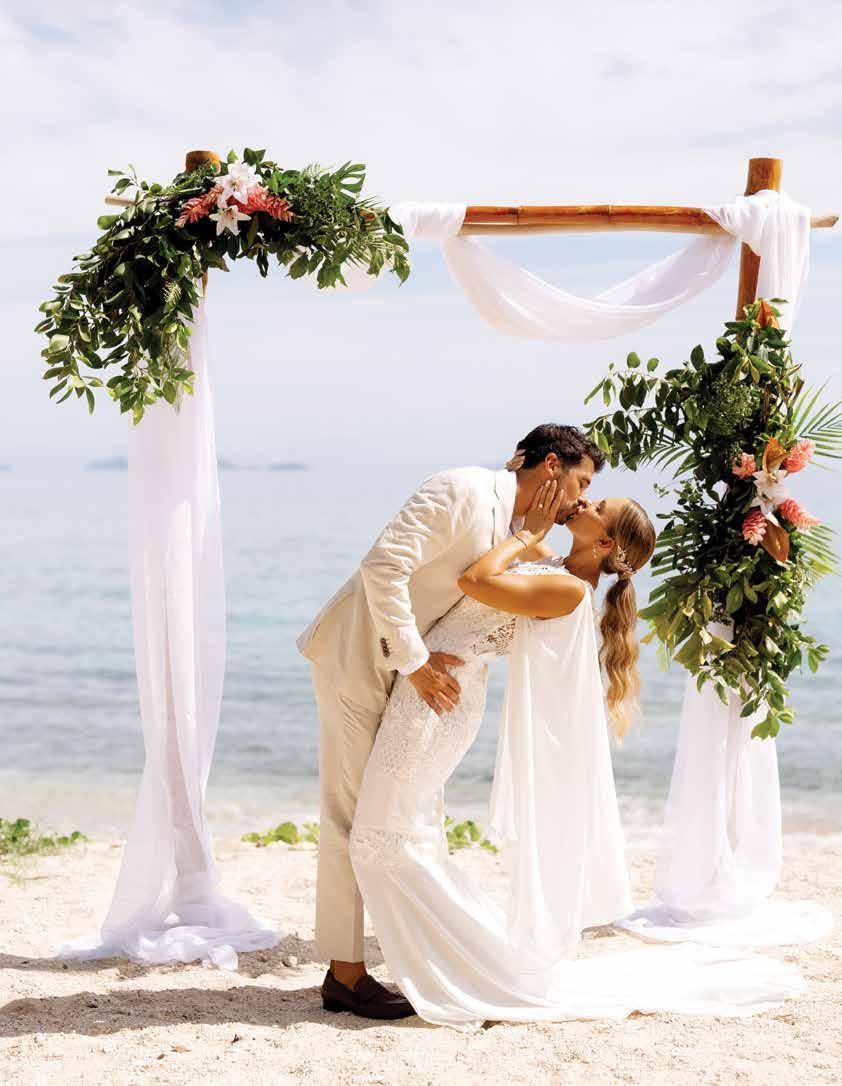




JIt remains one of the most controversial battles of the Pacific. Why did the US Marines pay so dearly for the island of Peleliu? By Rod Eime.
ust as the morning sun began to bake the sand and rubble beaches of tiny Peleliu, two divisions of US Marines set off from their transport ships toward shore in waves of motorised landing craft. Intelligence had told them to expect only moderate resistance, but they were in for the surprise of their lives.
A furious naval and air bombardment had preceded their arrival, setting the entire southern end of the 37 square mile island ablaze. Their objective was the airfield, already obliterated by previous air attacks, just a few hundred metres from the shore.
Arriving at low tide to make hidden obstacles and traps near the shore more visible, many of the lumbering, vulnerable vehicles then proceeded to become stuck on the fringing reef.
Unknown to the arriving young Marines, the Japanese defenders had meticulously prepared caves, bunkers and
dugouts that had largely withstood the bombardment. Inside these impervious defences were machine guns and cannons that immediately opened fire as soon as the approaching vehicles were in range and continued as the hapless Marines threw themselves onto the sand.
What was anticipated to take less than a week, dragged on for more than two months, inflicting devastating casualties on both sides.
When the last stragglers and holdouts were finally eliminated, some 15,000 men from both sides were dead.
The Japanese knew there were no reinforcements coming and were committed to a do-or-die effort. Under the scorching tropical sun, on jagged coral rocks completely devoid of shade, men resorted to unimaginable savagery in their attempt to annihilate each other.
Deprived of water, shade and relief for days on end amid the
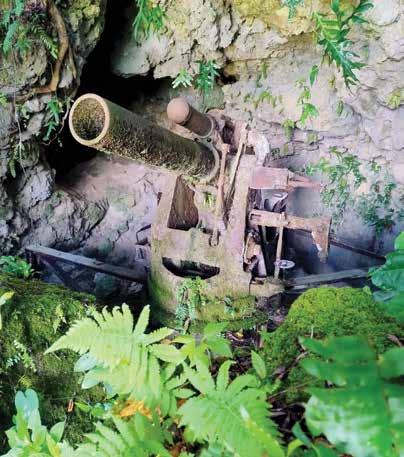
stench of death and under constant enemy fire, many young Marines simply cracked. Some cried and yelled so badly they had to be quickly silenced by their comrades so as not to give away their positions. Others, at their wits’ end, simply shot themselves.
Today, as I wander the remnants of the battlefield with Des Matsutaro from Peleliu Adventures, I find the landscape still littered with the detritus of war after almost 80 years. What’s more, find it impossible to imagine the carnage that took place in my midst. Sturdy trees now grow up through the carcasses of tanks and armoured vehicles, jungle vines enmesh the skeletal remains of rugged, concrete and steel buildings and bunkers. Vine-covered caves, both natural and hand-hewn, connected by a clever network of tunnels, dot the ridge that so bedevilled the Marines, raining hellfire on them as they stormed the heights now bear such ominous names as ‘Wildcat Bowl’, ‘Bloody Nose Ridge’ and ‘Death Valley”.
On 24 November 1944, the valiant leader of the Japanese forces, Colonel Nakagawa, sent a final message to his HQ on Koror: “Our sword is broken and we have run out of spears”
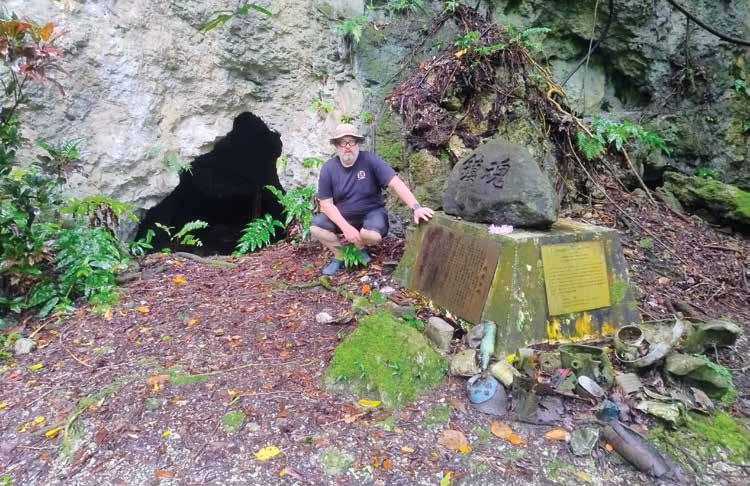
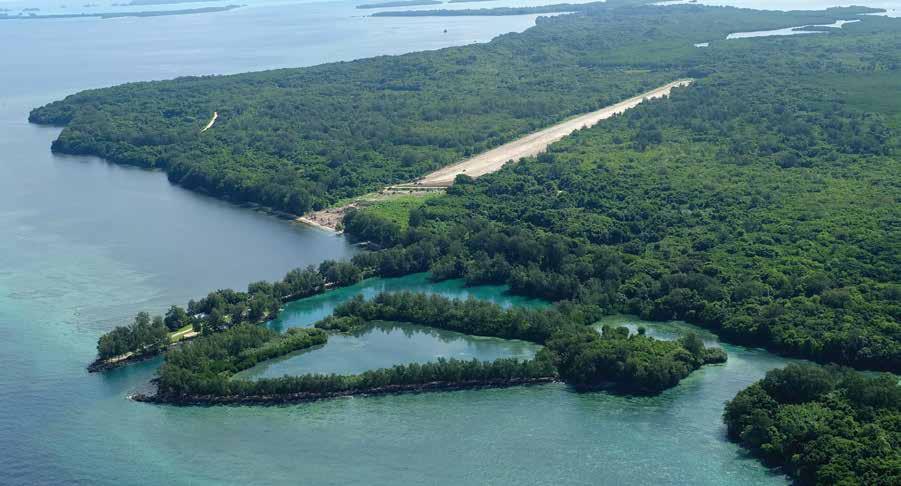

“And here’s the spot where he and his senior team committed seppuku (ritual suicide),” says Des as we both pant slightly from the steep, steamy trek along so-called ‘China Wall’. “It was and it wasn’t until 1993 that remains were found by returning veterans.”
We gaze solemnly at the memorial plaque (above) placed there, surrounded by various items of battlefield debris such as gas mask canisters, shrapnel fragments and defused mortar bombs.
At the highest point on the ridge, we climb the staircase to the top and survey the vastness of the jungle that has all but obliterated traces of the battlefield. All that remains are debris and discards of the battle and the ghosts of thousands of young men who never saw home again.
Speaking of ghosts, Des recalls a chilling incident while guiding a group of military men.
“So this senior serviceman, a sergeant, pulls me aside and whispers in a gravelly voice,” recalls Des, his voice dropping several decibels, “ ‘Do you still see strange things out here?’ he asked me. ‘I haven’t’ replied, ‘but know several people who have’.”
“ ‘I just saw a shadowy soldier get up off the jungle floor and sprint into the trees over there’ he told me, ‘buy hey, don’t tell the others please’”
On our drive back to the lodge, we pass the airfield. Still
in service to this day, it is utilised by small commuter aircraft from the main islands of Palau to the north. As write this, the US military has returned to this tranquil strategic outpost and embarked on a multi-year project to upgrade the airstrip. Heavy machinery has returned to Peleliu to do battle with the tenacious undergrowth that has sought to reclaim the island.
The finished airfield will be wider, longer and sealed, ready to receive heavy military aircraft. While don’t know the finer points of the arrangement, understand the new airport will be administered by the Republic of Palau and available for civilian use, but with a full-time option for the US military.
While upgrading of the airstrip on Peleliu is under way, the normally scheduled 6- or 9-seater light aircraft from Pacific Mission Aviation at Koror is suspended until further notice, leaving arrival by fast ferry the only option currently. The airfield work also impacts on the limited accommodation available as military construction teams consume most beds at the few properties.
Peleliu is also a convenient jumping off point for divers wishing to explore the popular sites like Blue Corner and Blue Hole, saving more than an hour of the boat ride from Koror. •
Visiting Peleliu:
Peleliu Adventures Tour Co.+680 345 2650 www.visitpeleliu.com
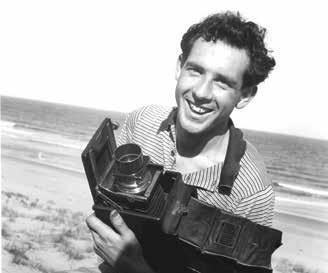
In 1943, Academy-award-winning cinematographer, Damien Parer, resigned from his Australian Government position and took up employment with US Paramount News filming in the front lines with the US Marines in the Pacific.
In August 1944, he won acclaim for his work during the Battle of Guam and joined the US Marines again during the Battle of Peleliu and was shot and killed on 17 September 1944 when filming an advance to the south of Orange Beach.
Lest We Forget
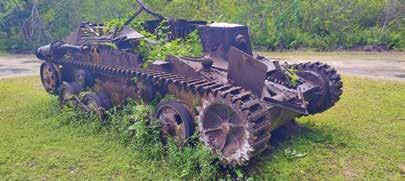

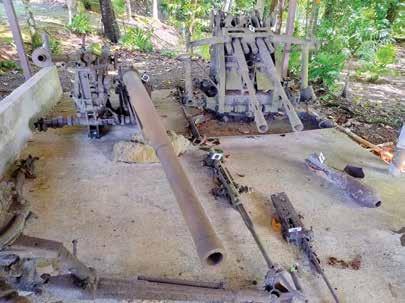

The island of Peleliu is one of sixteen states that make up the Republic of Palau, one of the world’s smallest countries
Peleliu is an island state in the Palau archipelago and is rich in both natural beauty and historical significance. Here are the top 5 things to do on the island:
In late 1944, Peleliu was the site of one of the fiercest battles in the Pacific Theatre during WW2. Take a tour, jungle trek or bicycle ride and visit the remnants of this historic battle, including tanks, artillery, bunkers, caves and aircraft. The Peleliu Battlefield is now a National Historic Landmark, and you can also visit the Peleliu Peace Memorial Park and other memorials at significant locations.
The museum, now temporarily located in the administrative office near the port, offers a comprehensive look at the history of the island, focusing on the Battle of Peleliu. Exhibits include photographs, artifacts, and detailed accounts of the events and individuals making up the battle.
Peleliu is known for its protected marine life and pristine coral reefs. Popular dive sites include Peleliu Wall and Peleliu Express, where you can see sharks, barracudas, and a variety of other sea creatures. Snorkelling is also excellent around the island’s clear waters. There is also a picnic area known as Ngermelt, site of the the only natural swimming hole in Palau.
A short distance to the southwest is the island state of Anguar. Something of a secret surfing location it is also sometimes referred to as ‘Monkey Island’ due to the population of feral macaque monkeys introduced during German occupation.
The island’s jungle is home to various hiking trails that lead to WWII relics hidden in the dense foliage. It’s also a chance for bird watchers to tick off a few hard-to-find species like the Tufted Duck and Wedge-tailed Shearwater
For all tour and lodging information for Peleliu and Anguar, see www.visitpeleliu.com •


Experience seamless corporate travel with Our Travel. Specialising in the Central Pacific, our Brisbane and Nauru offices offer professional advice and tailored solutions.
Services include flights, accommodation, car hire, itinerary planning, visa assistance and insurance. Enjoy exclusive corporate rates for a hassle-free journey.

Book with Our Travel today for a stress-free corporate travel experience.
